The East Broad Top Railroad & Coal Company was chartered in 1856 to mine and transport coal from Broad Top Mountain, a plateau in Pennsylvania south of the Juniata River about halfway between Philadelphia and Pittsburgh. Construction did not begin until 1872, after the road’s directors had chosen a track gauge of 3 feet. The line was opened from Mount Union, on the main line of the Pennsylvania Railroad, south to Orbisonia in 1873 and extended farther south to Robertsdale in 1874. By then the Rockhill Iron & Coal Company had been organized by the same management.
The Shade Gap Railroad was incorporated in 1884 to handle business that was sure to result from the construction of the South Pennsylvania Railroad, a line across the state backed by New York Central interests. A year later the Pennsylvania Railroad and the New York Central called a truce, and the half-dug tunnels of the South Penn were abandoned for the next 50 years.
The East Broad Top had a long career of carrying mostly coal but also limestone, lumber, and bark; its history is peppered with strikes by mine workers and flooding rivers and creeks. The EBT hit on hard times in the 1890s and was rehabilitated in the early 1900s. In 1919 the road was purchased by Madeira, Hill & Co., a coal mining firm. The chief improvements under that management were a coal-cleaning plant at Mount Union and facilities for changing the trucks of standard gauge cars so they could move on the EBT. In 1934 Madeira, Hill underwent voluntary bankruptcy and in 1937 went bankrupt again.
In 1938 the road’s bondholders bought the East Broad Top and the mining company and reorganized them as the Rockhill Coal Company. The Shade Gap branch finally got the traffic for which it had been built when the long-abandoned roadbed of the South Penn was used as the foundation for the Pennsylvania Turnpike, construction of which began in 1939.
The demand for coal dropped as oil and gas took its place in homes and industries. The Rockhill Coal Co. decided to close its mines and offered the EBT to the Pennsylvania Railroad at scrap prices, but Pennsy declined the offer. The Interstate Commerce Commission approved abandonment effective March 31, 1956, and the last train ran on April 13, 1956, just three days short of the centennial of the chartering of the railroad. Nothing was scrapped immediately; the locomotives and cars were stored on the property.
The railroad and the coal company were purchased by Kovalchick Salvage Co., a scrap dealer. Nick Kovalchick, its president, petitioned to postpone dismantling the railroad and the mine facilities, and mining activity resumed in 1957, but the coal moved in trucks. In 1960 Kovalchick was asked if the railroad could be reactivated for the celebration of the bicentennial of Orbisonia. It could, and the East Broad Top reopened on Aug. 13, 1960.
From then into the 2000s, EBT operated as a tourist railroad during the summer season. In 1963 standard gauge tracks were laid on a short portion of the Shade Gap branch by Railways to Yesterday, which operates a trolley museum at Orbisonia. From 2009 to 2011, the railroad was leased to and operated by the East Broad Top Railroad Preservation Association. The railroad did not operate during 2012 or 2013, but in June 2013 the EBTRPA purchased part of the EBT in hopes of resuming operation.





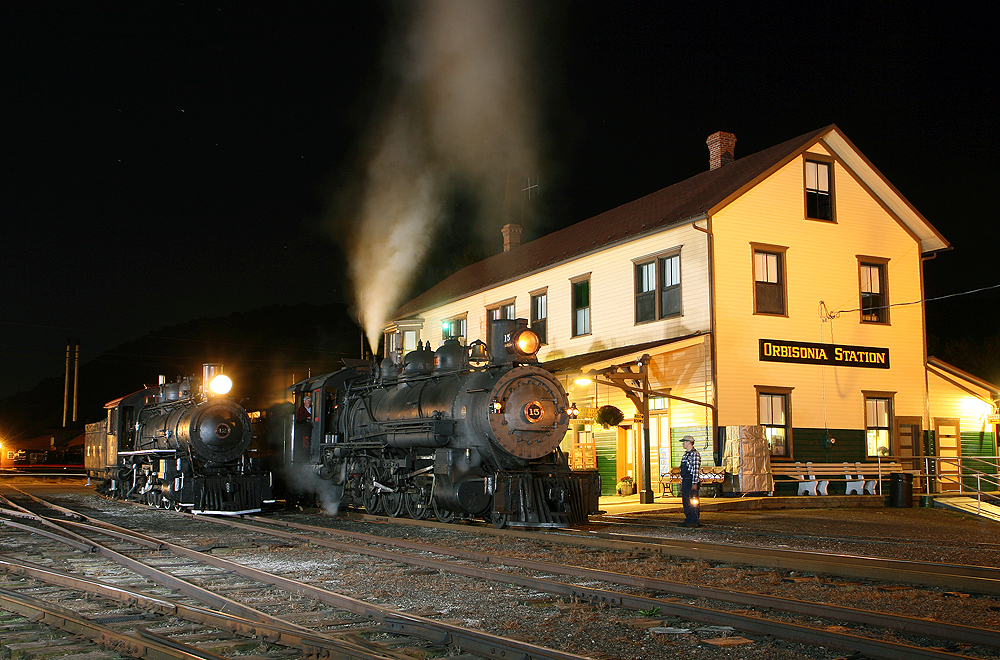
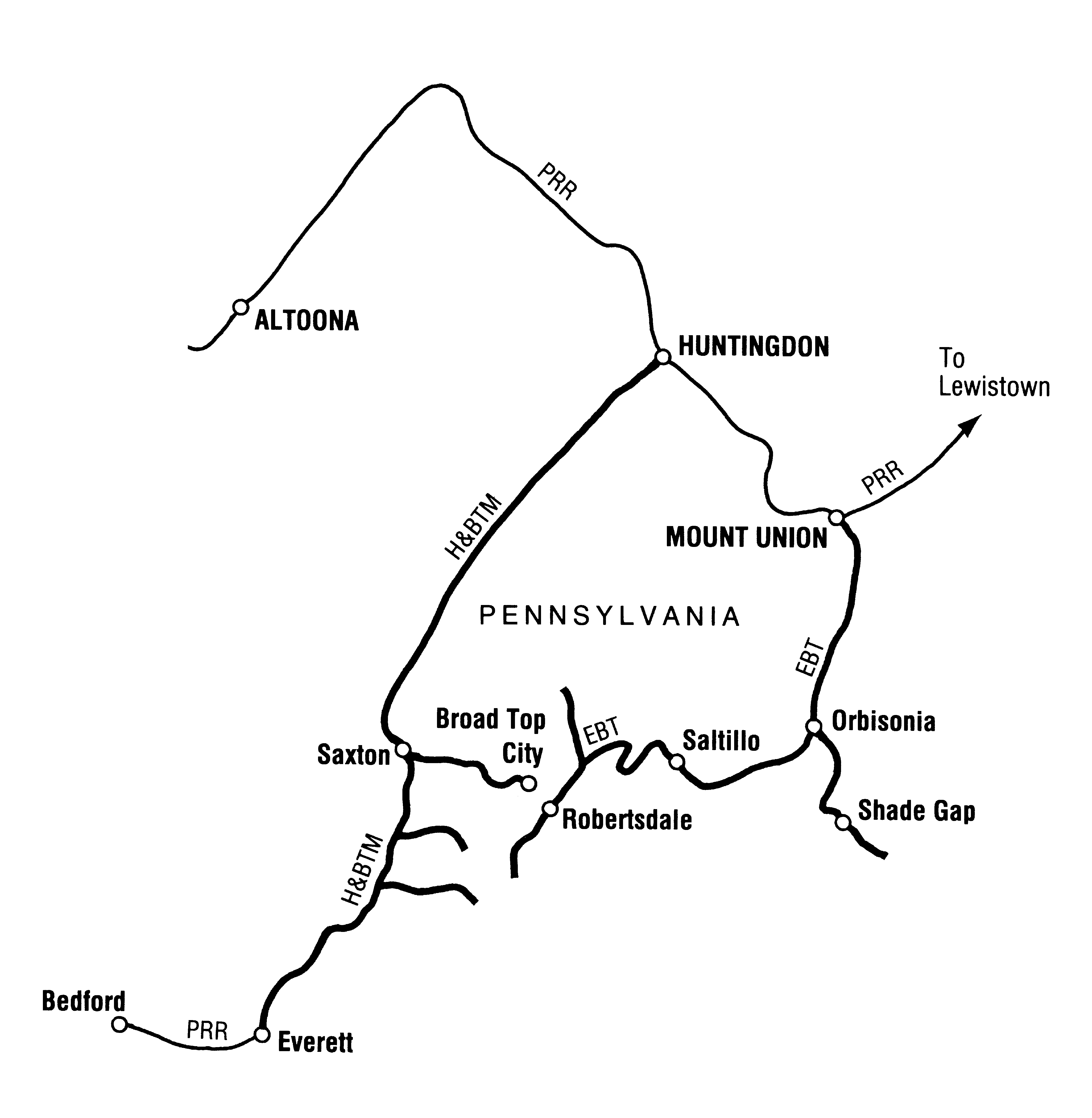
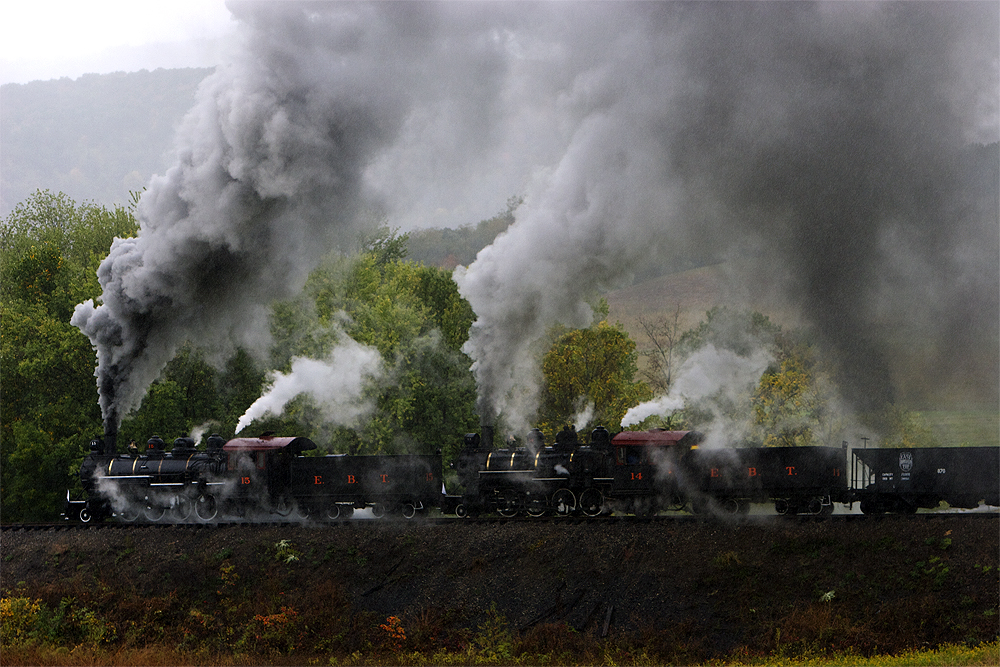
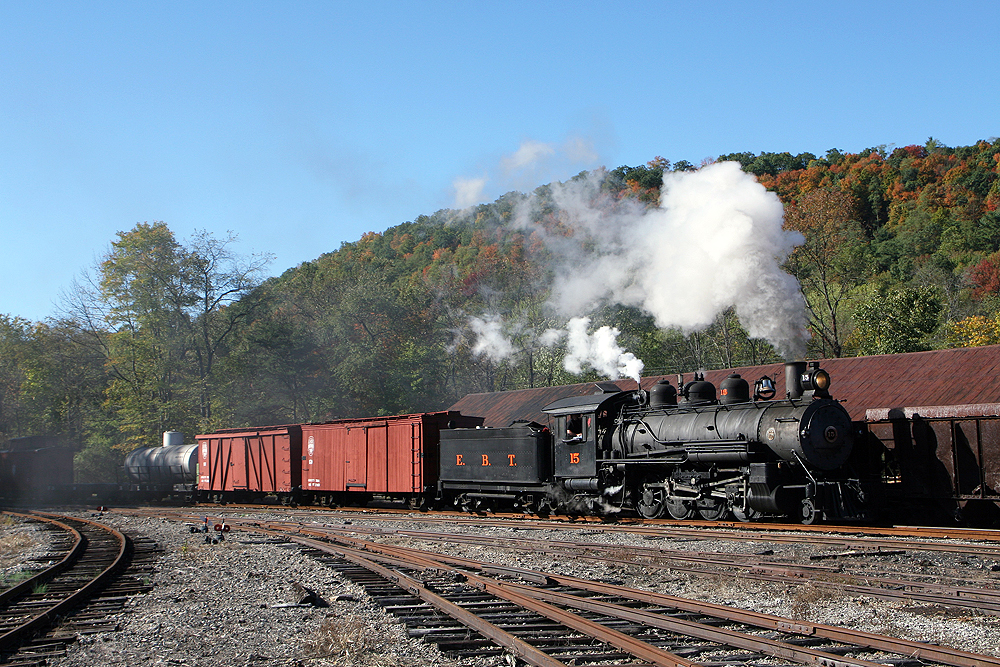

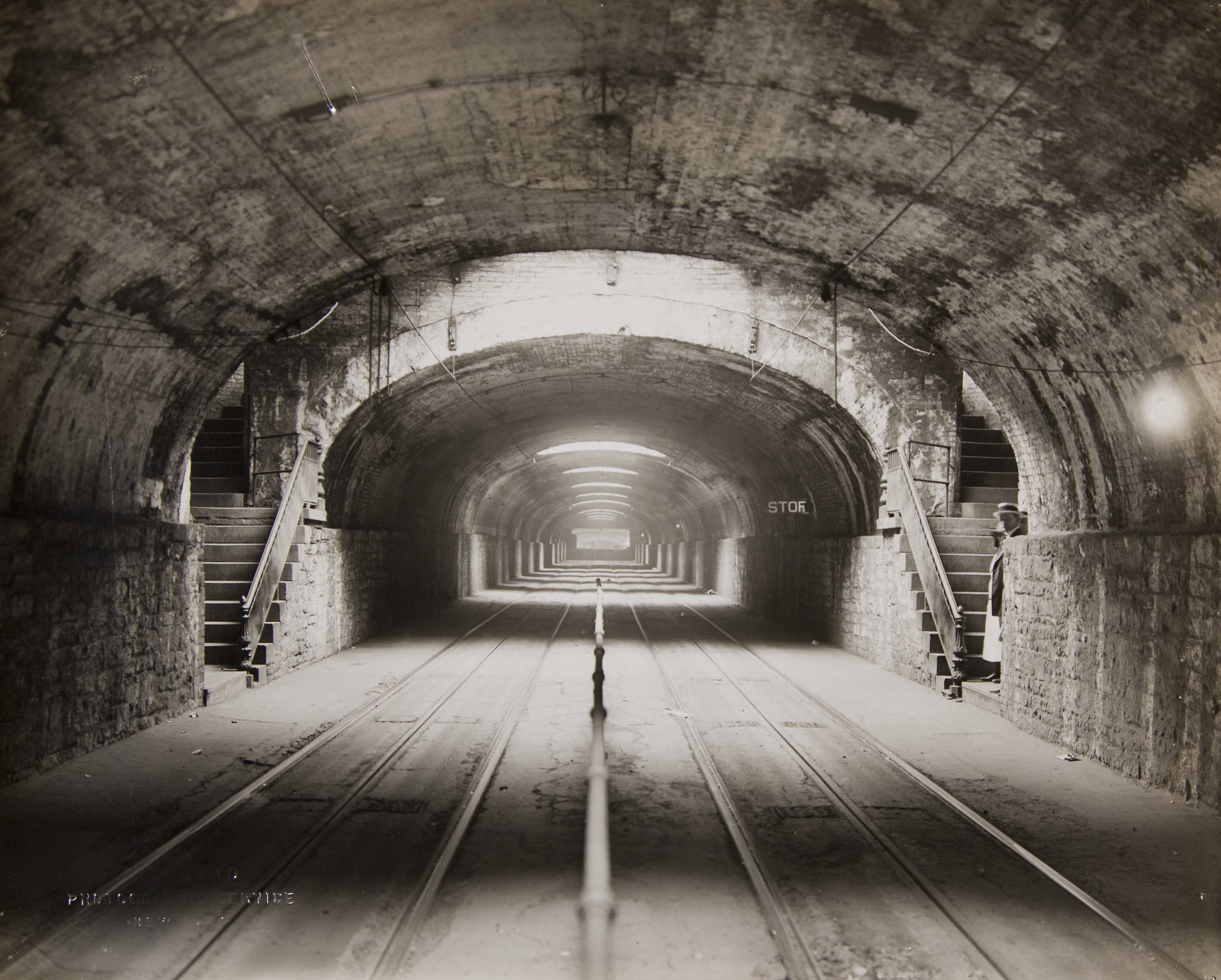
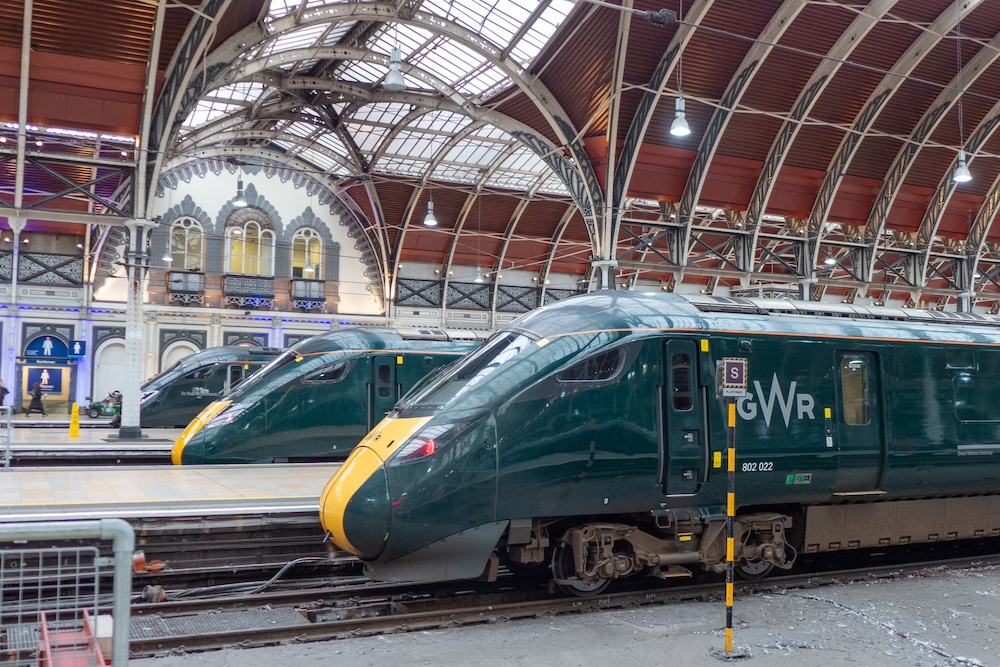
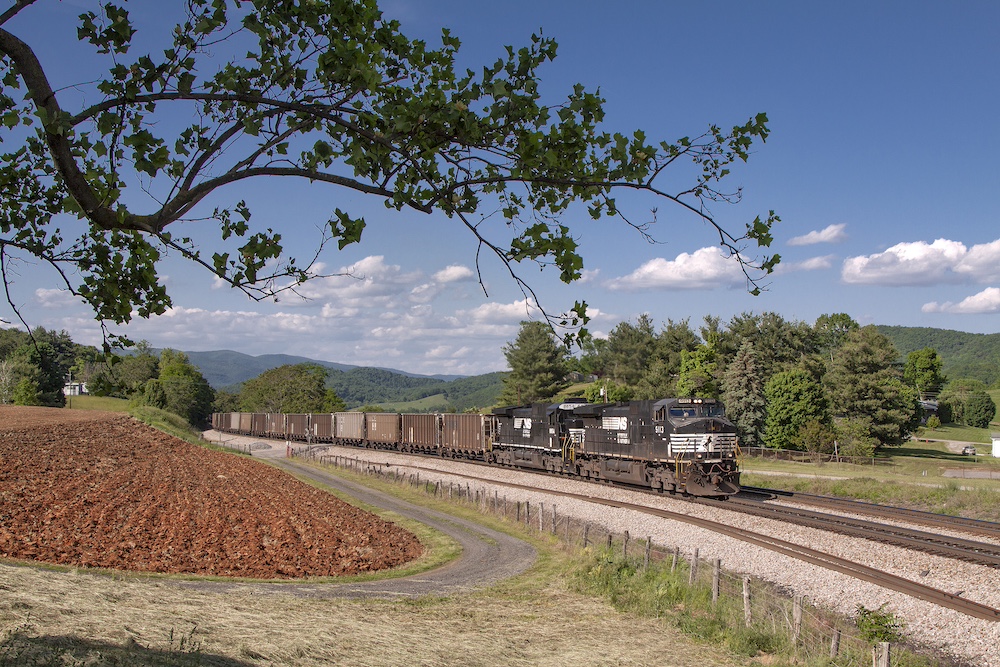
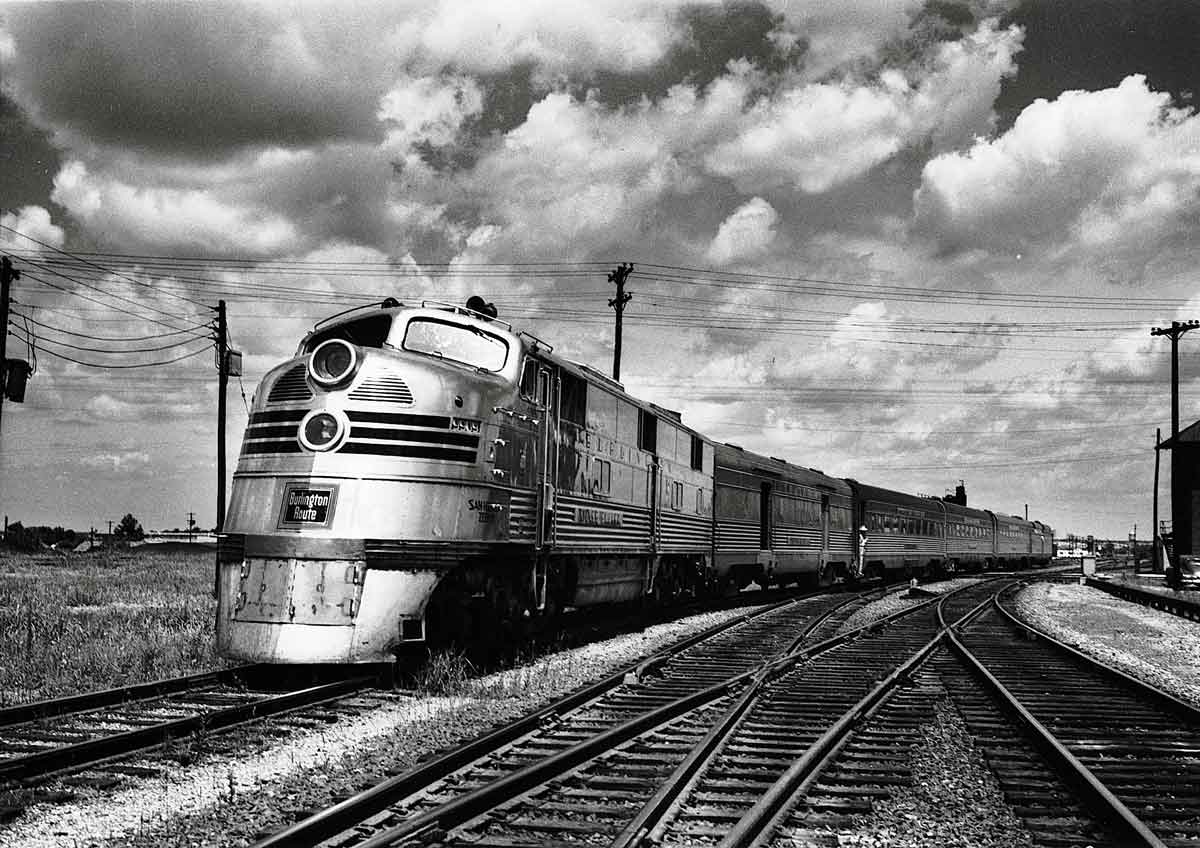




I am very happy to see the East Broad Top Railroad start up again. I first visited the railroad in 1994 as part of an overnight bus trip the Utica and Mohawk Valley Chapter of the National Railway Historical Society ran that year that included the Rockhill Trolley Museum, the Horseshoe Curve, and the Railroaders’ Memorial Museum in Altoona, PA along with watching plenty of Conrail action on the former Pennsylvania Railroad High Iron with plenty of helper units getting them past the mountains. It will be great to see it run again and maybe I will chair an overnight bus trip to see and ride this great railroad once again. It was great the first time and it will be even better when I come back again.
It will be great if they can get this train to run again. It would help this region greatly.
I was hoping this article would answer some questions about how EBT arrived at their present non-operational status. Several years ago the Kovalchicks tried unsuccessfully to sell the whole operation and shortly afterward the trains stopped running. In reading through other articles it appears that EBT simply ran out of operational locomotives. The article I was reading dealt with the 15 year boiler inspection rules. According to that article EBT had been grandfathering boiler certifications for some time. When a tourist line in Gettysburg Pa. suffered a catastrophic boiler failure, the feds cracked down. The article never actually stated that this was the reason but EBT shut down shortly after. If, indeed, EBT is stuck for a federal boiler inspection, I would suspect that, based on other tourist railroads experiences, it will be a pretty long time before EBT can resume steam operation – if ever.
If EBT cannot resume operations, it will be a real shame. I visited EBT on a motorcycle trip with some friends about 2004. We had an experience similar to that of Mr. Murdoch, the Scotsman in the comment below. We were able to wander through the roundhouse and the yard. There were many places where, despite leaky roofs and broken windows, things were just as they were when the railroad shut down. There were tools on workbenches and dis-assembled parts to be seen all over. A trip back in time.
The last time I was there. It looked as though they had gotten a serious injection of money. Many things, especially the collection of rusty coal hoppers in the yard, had been painted and most of the broken windows had been repaired. I suspect the Pennsylvania motor vehicle historical railroad vanity license plates had something to do with that.
I hope they are successful in restarting the tourist operation. Another group, The Friends of the East Broad Top have been doing volunteer work in restoring some of the buildings in the hopes that the operation would be saved. What I am unsure of is the relationship between the two groups: The Friends of the East Broad Top and the East Broad Top Railroad Preservation Association. I hope they can work together to the benefit of all.
I was very interested in reading the history of the East Broad Top RR attached to your email. I am from Scotland but am very interested in railways of other countries, possibly because my mother was Danish and, therefore, I am half European. In the past 15 years I have been on many organised railway tours, the first being to Cuba in 2006. I returned from my latest tour just one month ago, from Sandaoling in China, where the steam locomotives are doing what they were built for! As a result of my obsession with steam locomotives, and railways in general, I have built up a library of railway books, including many on foreign railways and American railroads, so much so that I have been subscribing to Classic Trains since Spring 2005. Amongst my books on American railroads, I discovered a section on the EBT and I was fascinated with the history of this railroad and its remoteness and the fact that it had continued to soldier on for so long despite so many difficulties – and that it still existed! In 2008 I travelled to Honduras to visit a child whom I sponsored there and, as I had to transit the USA, I decided to combine my visit to that country with a visit to preserved railroads in the United States. I spent 18 days in the northeast US, visiting railroads from North Conway and Mount Washington in the north to the Cass Scenic RR and the Roanoke RR Museum in the south, but high on my list was the East Broad Top! I arrived at Orbisonia by car in the evening and was given permission by the volunteers at the Rockhill Furnace to visit their trolley museum. As I spent the night in my car, I was up at first light and wandered over to the EBT roundhouse and discovered much to my surprise and delight a scene that took me back to my childhood: of steam locomotives shedded in a roundhouse as they had been back in the 1960’s, when I was a boy! It was like taking a step back in time! Suddenly I was in the past! Here was real steam in a real roundhouse, just the way it had been for a hundred years! No other railroad in the world has provoked similar feelings!! After being given permission to wander round and experience the magic of that moment, by examining each of the EBT locomotives in turn, I photographed the locomotive in steam and then proceeded to the station to board the train. After travelling on the first return trip of the day, I proceeded to photograph and film each train throughout the day from various vantage points along the track. The weather was kind and, when I left at the end of the day, for the long drive to Boston Airport to drop of my hire car, I took with me many wonderful memories of my day at the East Broad Top – a real living Railroad!
Very nice synopsis but the mineral traffic was primarily ganister (silica) rock not limestone. It was used by 3 different refractory companies in Mt. Union to manufacture fire brick.